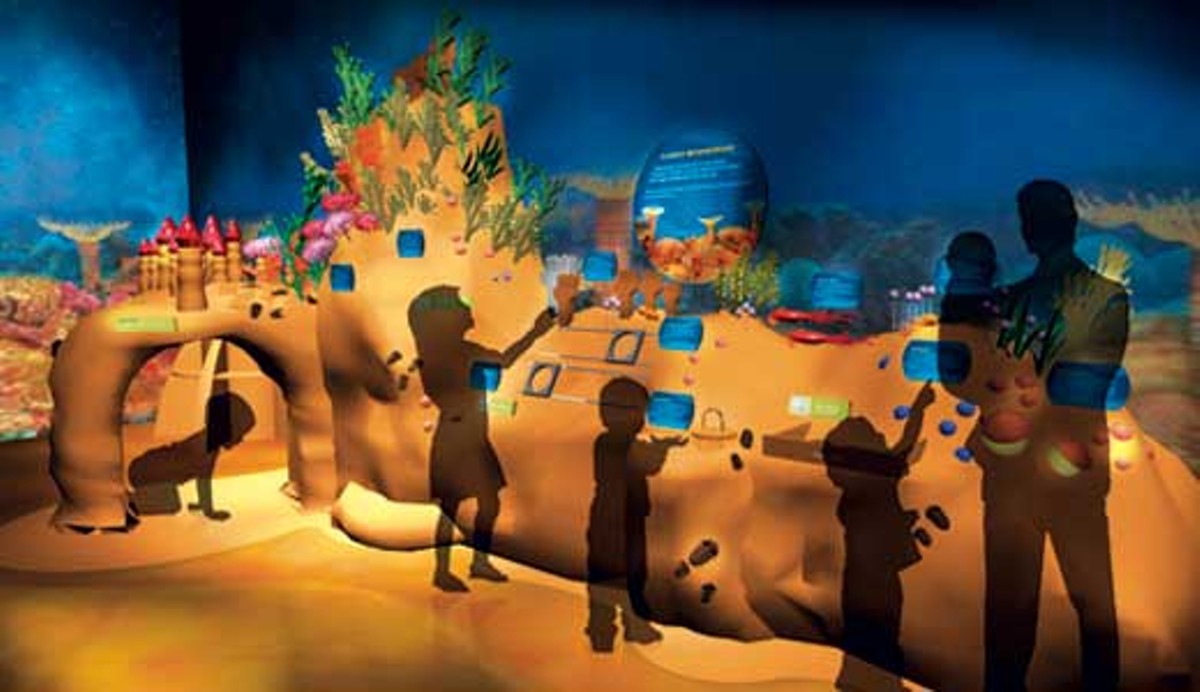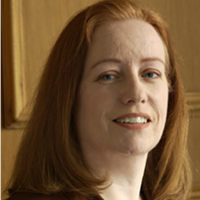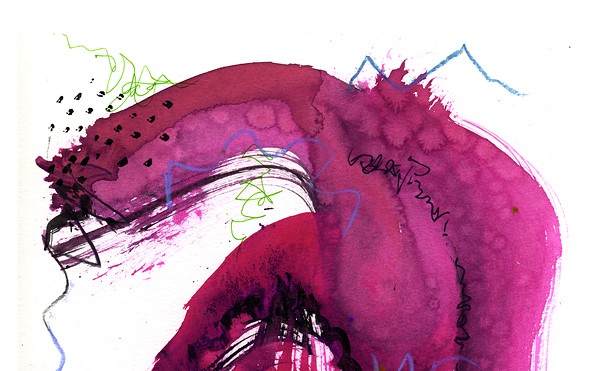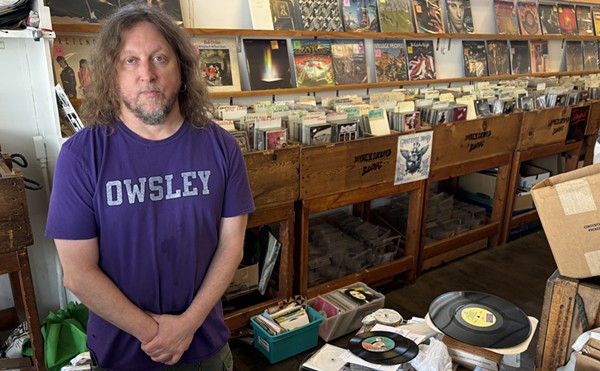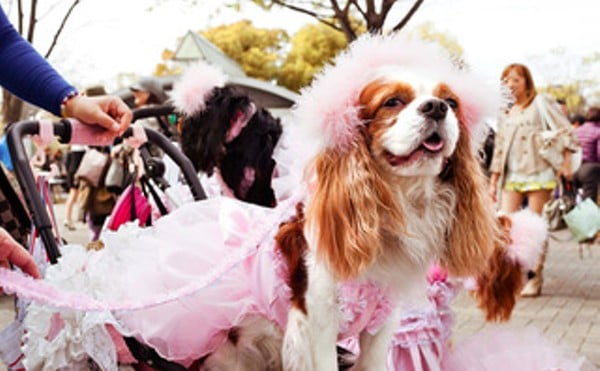These sounds and sights are introductions to just some of the stories told by Louisville’s Solid Light, a multimedia exhibit design firm. Through objects, words and images, they express what it was like to be a slave, fight for women’s equality, or discover a fossil bed.
Cynthia Torp is president of the company she started in 1999. It keeps her on her toes — she never knows what the next job will need. “It’s fun — there’s so much variety in what we do,” Torp says. “We really have a niche here in Louisville. There’s not another company like ours doing (these types of) permanent exhibitions.”
“Every exhibit I work on I have to find something that interests me,” says creative director Sarah Yates. “I figure my interest is ordinary — I’m ‘Josephine Q. American,’ I guess. I figure what interests me will interest a really good broad section of people.”
Solid Light’s past projects include Kentucky’s Bourbon Trail, the McConnell-Chao Archives and Sauza Tequila’s visitor tour.
The stylish office space of this largely female firm has a core staff of 12, which can swell to more than 70 people when needed. They’ve flourished in Louisville because, as Torp says, “Louisville’s a cultural town.” Yates adds: “We’re home folks.”
Solid Light prides itself on its collaborative working method. “We really do form relationships with our clients … and work very closely with (them),” Torp says. “It’s about taking creative ideas and making them real. We’re in the business of legacy.”
“Ordinary People, Extraordinary Courage: Men and Women of the Underground Railroad” is the Solid Light project at the Carnegie Center for Art and History in New Albany. It stresses the ills in treating people as commodities and what those same people will do to escape.
While the Underground Railroad was neither underground nor a railroad, it was successful during its peak years of 1850-65 in assisting slaves from the South to travel to freedom in the North. New Albany and Louisville, both located in border states, had many slaves willing to risk it, as well as many people willing to help.
Completed in 2006, the DVD and exhibition include bills-of-sale, shackles and photographs. It focuses on making this terrible time come alive with the words of the “ordinary people” that made up the Underground Railroad.
“Cynthia and her team were faced with the difficult task of designing an exhibition that was historically accurate, while visually capturing the dignity and, indeed, power of a people who were brutalized and oppressed,” says Sally Newkirk, director of the Carnegie Center. “It’s a difficult story to tell. They had to overcome the constraints of an extremely tight and awkward gallery space, a scarcity of artifacts, and a limited budget. The exhibition and film exceeded our expectations, and we are currently working with Solid Light … (on) an exhibition titled ‘The Many Journeys of Lucy Higgs Nichols.’”
Solid Light designed the website for the Elizabeth Cady Stanton Trust in 2010. Marsha Weinstein, former executive director of the Kentucky Commission on Women, along with Stanton’s descendants, established the Trust in 1999. Stanton was a feminist who spoke out as early as 1848 for the right for women to vote.
Weinstein is a big fan of Solid Light. “The amount of time Cynthia and her staff devoted to the Elizabeth Cady Stanton website was enormous,” she says. “Solid Light’s work went way beyond my greatest expectations. Coline Jenkins, president of the Stanton Trust and (Stanton’s) great, great granddaughter, wanted the website to be in Stanton’s voice, therefore the website is rich in (her) quotes and images.
“The quality of Cynthia’s work is consistently outstanding,” Weinstein adds. “She is not only creative, she is visionary and a passionate women’s rights advocate.”
One of Solid Light’s current projects is the redesign of the Interpretive Center at the Falls of the Ohio in Clarksville. After winning the national search, they realized it would be their biggest local project to date.
It needed an update, since the original exhibits were installed in 1994. “We reconceived the first floor — everything is more interactive,” Yates says. And they’ve moved the popular mammoth skeleton closer to the theater.
The rotunda is the first segment of the redesign to be finished; it was unveiled to the public as part of the Falls’ “Rock the Rocks” event on Aug. 20. If fundraising by the Falls of the Ohio Foundation stays on track, the plan is to have everything completed by 2013.
A focal point in the rotunda is the large blown glass and steel sculpture by Brook Forest White Jr. of Flame Run Hotshop and Gallery. “As it turns out, this is the largest commission I’ve done to date,” he says. “It was reassuring to me to have (Solid Light) as a resource and as a guide in this project. One of the challenging parts … was incorporating the four themes the committee wanted to be featured by the sculpture — ‘An Ancient Sea,’ ‘Converging Cultures,’ ‘A Changing Land’ and ‘The Falls Today.’”
The Falls of the Ohio project will be no easy task for Solid Light, and they’re making sure its history is involved in every detail.
“It’s been fun thinking of the Falls as a world-class experience as opposed to a local one,” Torp says. “The history of that site is phenomenal. (It’s the location) of the largest exposed Devonian fossil bed, the Falls … it’s about the history there. Lewis and Clark actually left for their expedition from that park site. It’s a very important place.”

